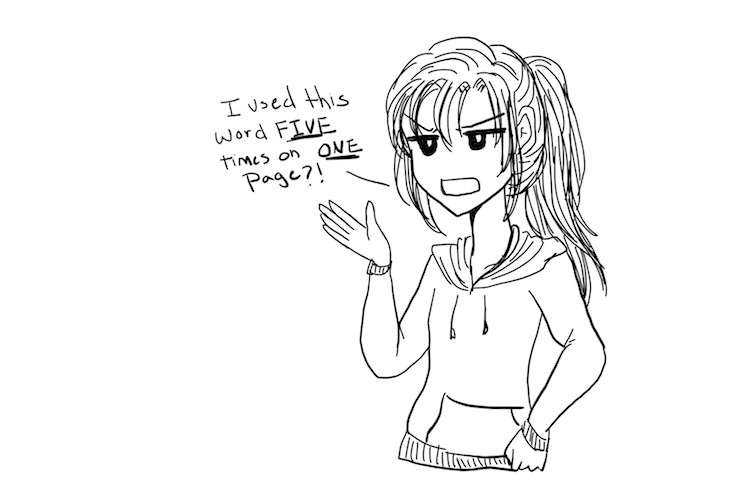
Your Second Pass edits, otherwise known as your “Line Edits” focus to clarify meaning, to improve flow, to emphasize the point, etc.
Before I go into my process for second pass edits, if you need a quick refresh on what different types of edits are, writer and editor Naomi Hughes does an excellent job of explaining the editorial process in a string of tweets here.
1. Spend some time reviewing all comments before diving in
Just like with your developmental edits, it’s important to take a deep breath and read through all your comments on your manuscript. Even though your line edits are supposed to be smaller and simpler than your “big picture” edits there are usually always instances where seemingly innocuous requests from your editors can turn into something bigger in a later part of your story. Maybe changing the way someone is standing in one scene will mess up the fact that they were injured and should be sitting instead. Take time to review those notes and catch those discrepancies.
2. Send any clarifying questions to your editor
Once you’ve gone through those comments, make notes and generate any questions you need to send to your editor. Are there any requests you don’t agree with? Will certain small requests impact larger things later on? If so, how can you work together to come up with a solution that works for both of you? You don’t always have to compromise, but it’s imperative that you work to understand why an editor is asking for a change. If you don’t agree with it, then be clear as to why you don’t so they can better understand your goals for that scene.
3. Focus on the details
Now is the time in the editing process to really focus on sentence structure and your lovely prose. Make sure sentences flow and don’t feel clunky. Be nitpicky about the word choices you use to really make your voice shine through. Find ways to show and not tell. Now is the time to hone your writing and really nail your craft!
4. Query common phrases
Too often do we writers fall on those go-to phrases in our writing. If we use these too often they not only become a crutch and make our writing stale, but they can sometimes be annoying for readers.
Use the “search” feature in your document and search for the phrases and see which instances can be removed/changed.
A few of mine that I kept using were…
- “I suppose”
- “of course”
- “after all”
- “deep breath”
5. If you’re writing fantasy, consistency is key! (Especially in capitalization)
We all know how crucial world building is to fantasy or science fiction. You need to establish rules in your world as well as rules in writing about your world. What spells are capitalized? What titles are capitalized? Are there specific spellings for names of your characters that sometimes get accidentally switched during edits? Sometimes it’s helpful in these instances to go through all world-building terminology and create a master list, or a key if you will, to help your editor and any future editor to make sure everything remains consistent.
6. Be wary of word count
Getting closer to copy edits and formatting means you need to start taking note of that growing word count! Typically editors will let you know if you need to be concerned, but it’s never a bad idea to just be aware of any excess words that you can trim to make your writing sharper and simpler.
7. Send a nice recap email
When sending along your line edits don’t get to double-check with your editor to see if they want your track changes still viewable. Do NOT go through and accept all changes without first showing them the changes you’ve made. They have their own processes you don’t want to interfere with. In your email, just make sure to let them know any major changes you’ve done, send them a key of world-building capitalization rules, and if word count is an issue, your new word count.
Again, just like the Developmental edits, these steps may not be applicable to everyone but they worked well for me. Want to share more editing steps and strategies with me? Tweet me @lindseyduga and let’s talk!
